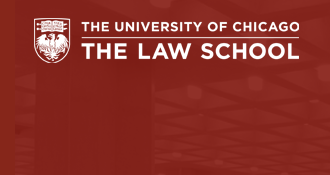Publication Date
2018
Publication Title
Public Law & Legal Theory
Abstract
The Indian Supreme Court has been called “the most powerful court in the world” for its wide jurisdiction, its expansive understanding of its own powers, and the billion plus people under its authority. Yet scholars and policy makers have a very uneven picture of the court’s functioning: deep knowledge about the more visible, “high-profile” cases but very little about more mundane, but far more numerous and potentially equally important, decisions. This chapter aims to address this imbalance with a rigorous, empirical account of the Court’s decisions from 2010 to 2015. We use the most extensive original dataset of Indian Supreme Court opinions yet created to provide a broad, quantitative overview of the social identity of the litigants that approach the court, the types of matters they bring to the court, the levels of success that different groups of litigants have before the Court, and the opinion-writing patterns of the various judges of the Supreme Court. This analysis provides foundational facts for the study of the Court and its role in progressive social change.
Number
660
Link to University of Chicago’s Library Catalog
Recommended Citation
Aparna Chandra, William H.J. Hubbard, and Sital Kalantry, "The Supreme Court of India: An Empirical Overview of the Institution". Public Law and Legal Theory Working Papers, no. 660 (2018).

